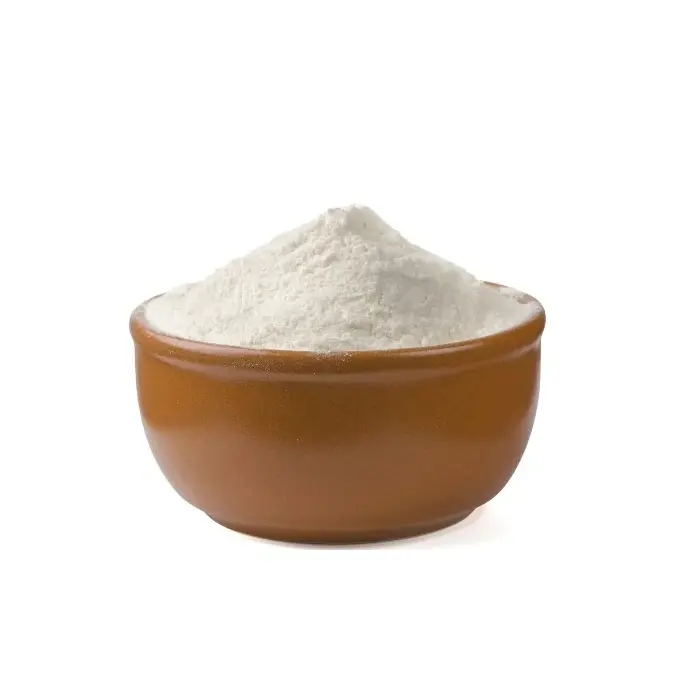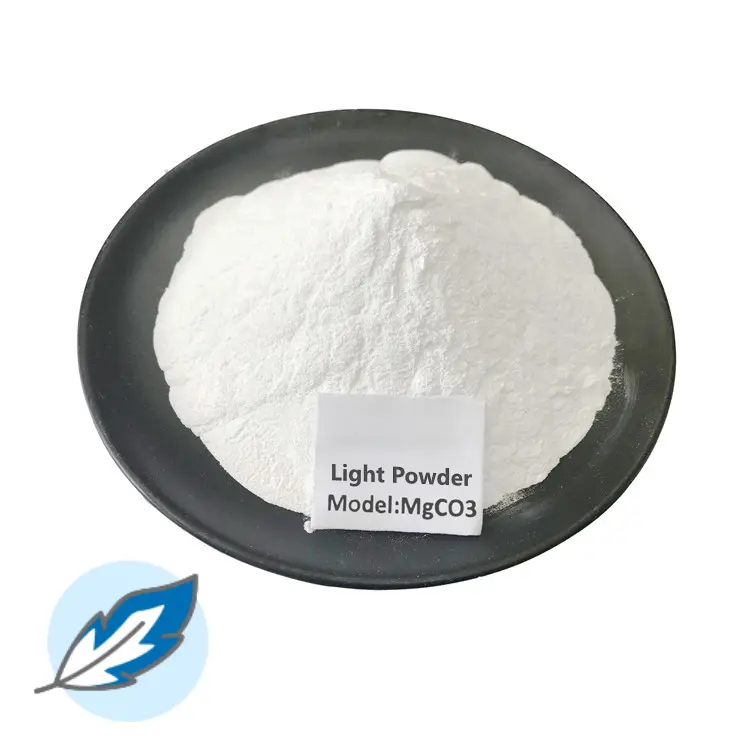Hebei Messi Biology Co., Ltd. said that in the salt chemical industry in Haiyan area, bitter brine, thick brine, and high-temperature salt are mainly used as raw materials to produce magnesium carbonate or magnesium oxide. Industrialized production methods include soda ash method, lime method and ammonium bicarbonate method.
(1) The process conditions controlled by each process of the soda ash method are: 1. Ingredients 2. Reaction 3. Washing 4. Pyrolysis 5. Press filtration 6. Roasting 7. Crushing and packaging. The soda ash method produces light magnesium carbonate or light magnesium oxide with mature technology and high product quality. But it consumes soda ash and consumes a lot of fresh water.
(2) The lime method replaces soda ash with milk of lime, reacts with magnesium chloride in brine to generate magnesium hydroxide, and then carbonizes it with carbon dioxide gas to generate magnesium bicarbonate. When using the lime method, the sulfate radicals in the brine should be reduced as much as possible, otherwise a large amount of calcium sulfate precipitation will be generated and mixed in the product. The advantage of this method is that lime is used instead of soda ash, which reduces costs. The disadvantage is that the process flow and equipment are more complicated than the soda ash method, and a large amount of calcium chloride solution is produced and needs to be dealt with.
(3) The raw material for the ammonium carbonate method is high-concentration bitter brine, thick brine or high-temperature salt leaching solution. The ammonium bicarbonate used is ammonium bicarbonate, carbonized ammonia water, or ammonia gas and carbon dioxide gas are directly introduced into the brine. Ammonium bicarbonate is used instead of soda ash to react with magnesium chloride or magnesium sulfate in the brine to generate the corresponding magnesium carbonate. The reaction formula is as follows:
1, Reaction of brine containing MgCl2 and MgSO4 with NH4HCO3 solution:
MgCl2+2NH4HCO3=Mg(HCO3)2+2NH4ClMgSO4+2NH4HCO3=Mg(HCO3)2+(NH4)2SO4
2, If ammonia and carbon dioxide are directly introduced into the brine.
3, After pyrolysis of the generated MgCO3·3H2O and Mg(HCO3)2, basic magnesium carbonate is obtained:
Mg(HCO3)2+2H2O=MgCO3·3H2O+CO2↑5{MgCO3·3H2O}=4MgCO3·Mg(OH)2·4H2O+CO2↑+10H2O
4, Roasting alkaline magnesium carbonate to obtain light magnesium oxide:
4MgCO3·Mg(OH)2.4H2O=5MgO+4CO2↑+5H2O
Control of process conditions of ammonium bicarbonate method: 1. Concentration and reaction temperature of raw material liquid 2. Pyrolysis temperature 3. Dehydration, washing and drying 4. Roasting 5. Mother liquor treatment.
Hebei Messi Biology Co., Ltd. stated that compared with the soda ash method, the magnesium carbonate and magnesium oxide produced by the ammonium bicarbonate method have a simple process, a higher specific volume of the product, more supply channels for ammonium bicarbonate, and a lower cost, but the mother liquor evaporates. Concentration treatment consumes high energy.


